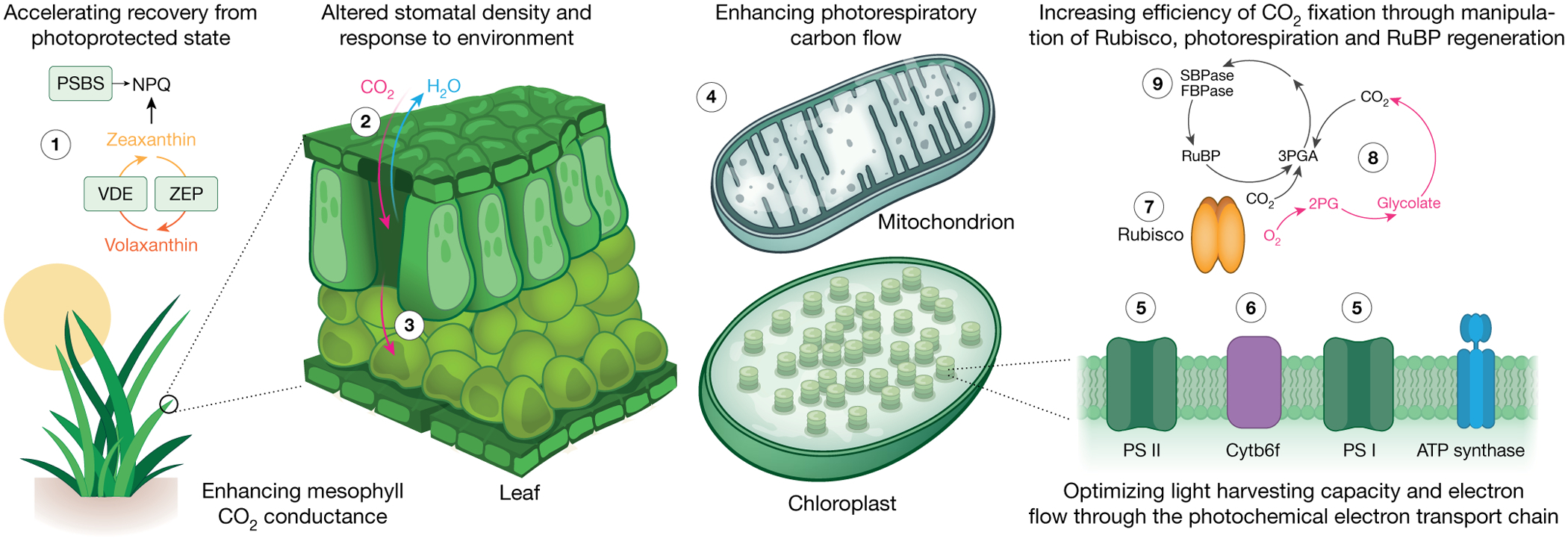The extinction event is believed to have wiped out 90% of the ocean’s species.
Ancient mass extinction was preceded by a drop in a crucial trace element.
According to a recent study from Florida State University, a major extinction event about 183 million years ago was preceded by a drop of the element molybdenum in Earth’s oceans. This may interest you : North Dakota Felon Charged with Threatening to Kill US Officer.
The decline shows that the extinction event buried significantly more organic carbon than previously thought, and may have contributed to the mass extinction, which resulted in the loss of up to 90% of species in the oceans The findings were recently published in the journal AGU Advances.
“This research tells us more about what was happening to molybdenum during this extinction event, but also takes it a step further,” said Jeremy Owens, associate professor in the Department of Earth, Ocean and Earth Sciences. Atmospheric from FSU and co-author of the paper. . “Our findings help us understand how much carbon was circulating in the system, and it is much larger than previously thought, potentially on the scale of modern atmospheric and oceanic increases due to human activities.”
The research group collecting samples. Credit: Ben Gill/Virginia Tech
Previous research has shown that molybdenum levels dropped throughout the main phase of the ancient mass extinction, but it was unclear how deep the drop was, when it started, or how long it lasted.
To answer these questions, scientists examined rocks from three sites in Alberta, Canada, that were once part of a large ocean that surrounded the ancient continent of Pangea. Because the site was linked to the global ocean, the researchers were able to infer conditions worldwide rather than just one particular basin.
They discovered new estimates for the onset and duration of molybdenum decline, as well as the first phase of deoxygenation. Their study revealed that the decline began about a million years before the extinction and lasted nearly two million years in total, which is much longer than experts had estimated.
A fossilized ammonite found during fieldwork in Alberta, Canada. Credit: Ben Gill/Virginia Tech
The decrease in molybdenum also implies a massive increase in organic carbon burial in the ocean that may have been several times greater than previously estimated. These calculations were based on estimates of carbon dioxide released from volcanic activity, implying that the release of carbon dioxide from volcanoes was actually much greater, which would be needed to balance global carbon stores .
Just as it did 183 million years ago, more carbon dioxide is being added to the Earth system today, which could deplete marine trace metals like molybdenum that many organisms depend on for survival as the oceans lose oxygen and bury more organic carbon. After the ancient extinction event, global conditions gradually became more hospitable to life, but this process took hundreds of thousands of years.
“The uniqueness of the study sites has allowed us to gain insight into how the chemistry of the global ocean changed over millions of years, which reconciles much of the current scientific debate that focuses on the local and global aspects of “this time frame,” said Theodore Them, a former FSU postdoctoral fellow who is now an assistant professor at the College of Charleston.
Reference: “Reduced Marine Molybdenum Inventory Related to Enhanced Organic Carbon Burial and an Expansion of Reducing Environments in the Toarcian (Early Jurassic) Oceans” by T. R. Them II, J. D. Owens, S. M. Marroquín, A. H. Caruthers, J. P. Trabucho Alexandre Gilel and B. Trabucho . November 2022, AGU Advances.DOI: 10.1029/2022AV000671
The study was funded by the National Science Foundation, NASA and the Sloan Foundation.
What are the 4 major extinction events?
The 5 mass extinctions that have swept our planet See the article : “Hammerin ‘Hank” Goldberg dies at 82: sports media legend has helped bring the game to the masses.
- Late Ordovician: The 1-2 punch. …
- End-Devonian: The long road to oblivion. …
- End-Permian: The Big One. …
- Late Triassic: History almost repeats itself. …
- Late Cretaceous: It really made an impact.
What was the fourth mass extinction? The fourth extinction period happened about 210 million years ago, during the End Triassic. The slow splitting of Pangea led to the formation of volcanoes in the Central Atlantic Magmatic Province.
When did the 5 major extinctions occur?
Cretaceous period: 66 million years ago. Triassic Period: 201 million years ago. To see also : How we can use travel to generate changes at home. Permian Period: 252 million years ago. Devonian Period: 359 million years ago.
What animal survived 5 mass extinctions?
Sharks are the consummate survivors. They have survived the five most important mass extinctions in Earth’s history for more than 400 million years.
What is the most realistic explanation for extinction of animals?
In general, anthropogenic habitat modification is the main cause of species extinction. Natural habitats are being destroyed in several ways in southern Mexico, but the main one is deforestation for timber or clearing areas for crops and livestock.
How do you explain extinct animals? Extinct animals are animal species that have stopped reproducing, died and no longer exist. The moment when the last living species dies is understood as the moment of its extinction. Here are examples of extinct animals: Dinosaurs.
What do scientists say about animal extinction?
Species can become extinct when there is not enough food to survive and reproduce. They may be at risk if the habitat they depend on is changed or destroyed. Too much hunting or fishing can also push species to extinction.
What is accurate about the history of extinction of species?
What is true about the history of species extinction: Extinction occurs at a slow, “bottom-up” rate, punctuated by rare “mass extinctions” during which many types are quickly wiped out.
What is the most common reason of mass extinction?
The main driver of mass extinctions appears to be major changes in the Earth’s carbon cycle, such as large eruptions of igneous provinces, huge volcanoes that flooded hundreds of thousands of square miles with lava.
What is the first cause of mass extinction? While the most well-known cause of a mass extinction is an asteroid impact that killed the non-avian dinosaurs, in fact, volcanic activity appears to have wreaked far more havoc on Earth’s biota. Volcanic activity is implicated in at least four mass extinctions, while an asteroid is suspected in only one.
What is the most common cause of species extinction?
There are three primary anthropogenic processes that lead to species extinction: overexploitation; the introduction of non-native species, including the spread of disease; and habitat destruction. For most endangered species in the United States today, the most serious threat is habitat destruction.
What caused the Big 5 mass extinctions?
What caused the “Big Five” mass extinctions? All of the “Big Five” were caused by some combination of rapid and dramatic climate changes, combined with significant changes in the composition of land or ocean environments (such as ocean acidification or acid rain from intense volcanic activity).
Will humans evolve again?
Finally, Homo sapiens appeared. But we are not the end of this story. Evolution will not stop with us, and we might even be evolving faster than ever.
Will humans re-evolve after extinction? But even if this common ancestor still existed, the fact that evolution is the result of both random mutation and a process of natural selection imposed by environmental conditions means that it is highly unlikely that it will ever come back his steps in the same way.
What are the chances of humans evolving?
The odds of intelligence evolving become one in 10 million. But complex adaptations may be even less likely. Photosynthesis required a series of adaptations in proteins, pigments and membranes. Eumetazoan animals required multiple anatomical innovations (nerves, muscles, mouths, etc.).
What will be the next evolution of humans?
We will probably live longer and be taller as well as lighter. We’ll probably be less aggressive and nicer, but we’ll have smaller brains. A bit like a golden retriever, we’ll be friendly and cheerful, but maybe not very interesting. At least, that’s a possible future.
What will humans look like in 100000 years?
100,000 years from today We will also have larger nostrils, to facilitate breathing in new environments that may not exist on earth. Thicker hair helps prevent heat loss from their even bigger heads. Our ability to control human biology means that the man and woman of the future will have perfectly symmetrical faces.




